761982
Dibenzocyclooctyne-PEG4-alcohol
for Copper-free Click Chemistry
Sinónimos:
Polyethylene glycol, DBCO-PEG4-OH
About This Item
Productos recomendados
Quality Level
form
solid
reaction suitability
reaction type: click chemistry
reagent type: linker
mp
50-60 °C
functional group
hydroxyl
storage temp.
−20°C
SMILES string
O=C(CCCCC(NCCOCCOCCOCCOCCO)=O)N1CC2=C(C=CC=C2)C#CC3=C1C=CC=C3
InChI
1S/C29H36N2O6/c32-16-18-36-20-22-37-21-19-35-17-15-30-28(33)11-5-6-12-29(34)31-23-26-9-2-1-7-24(26)13-14-25-8-3-4-10-27(25)31/h1-4,7-10,32H,5-6,11-12,15-23H2,(H,30,33)
InChI key
ZZXWONCQAFVJHM-UHFFFAOYSA-N
Application
Storage Class
11 - Combustible Solids
wgk_germany
WGK 3
flash_point_f
Not applicable
flash_point_c
Not applicable
Elija entre una de las versiones más recientes:
¿Ya tiene este producto?
Encuentre la documentación para los productos que ha comprado recientemente en la Biblioteca de documentos.
Los clientes también vieron
Artículos
Copper-free click chemistry is an alternative approach to click chemistry that proceeds at a lower activation barrier and is free of cytotoxic transition metal catalysts.
Nuestro equipo de científicos tiene experiencia en todas las áreas de investigación: Ciencias de la vida, Ciencia de los materiales, Síntesis química, Cromatografía, Analítica y muchas otras.
Póngase en contacto con el Servicio técnico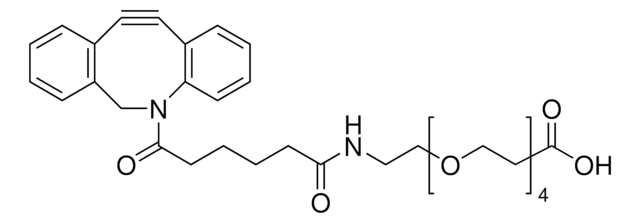
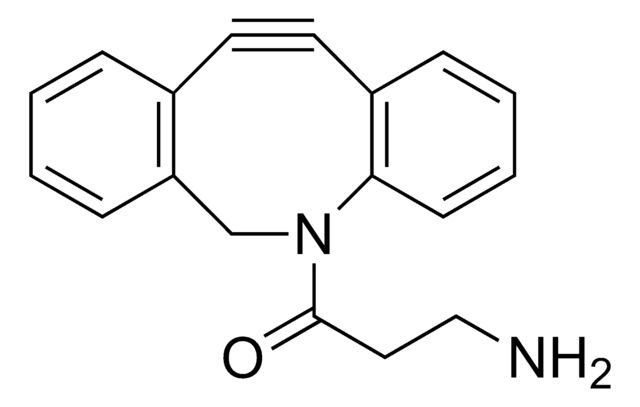


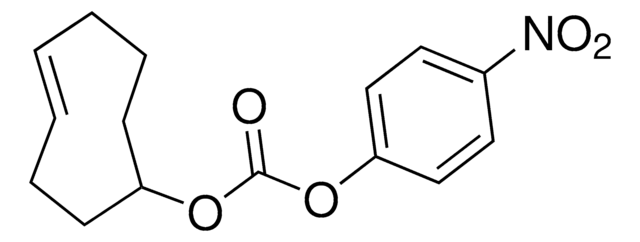

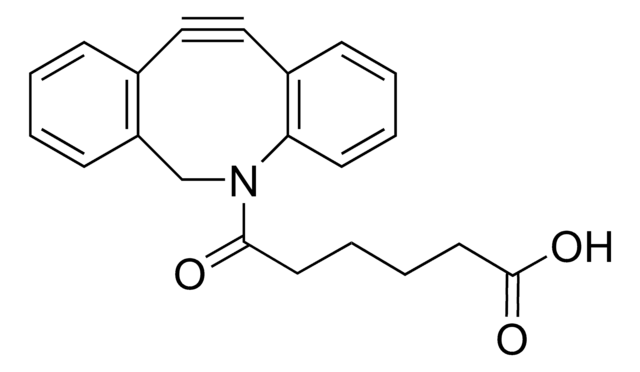
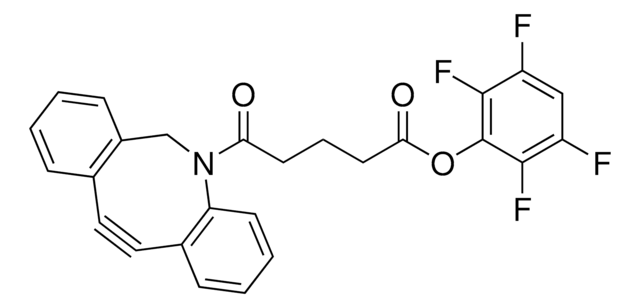
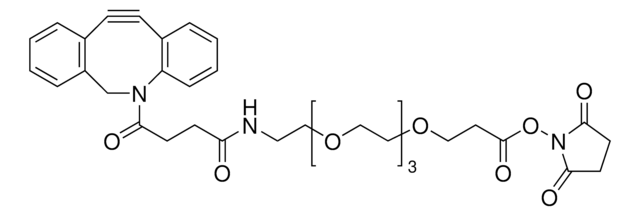
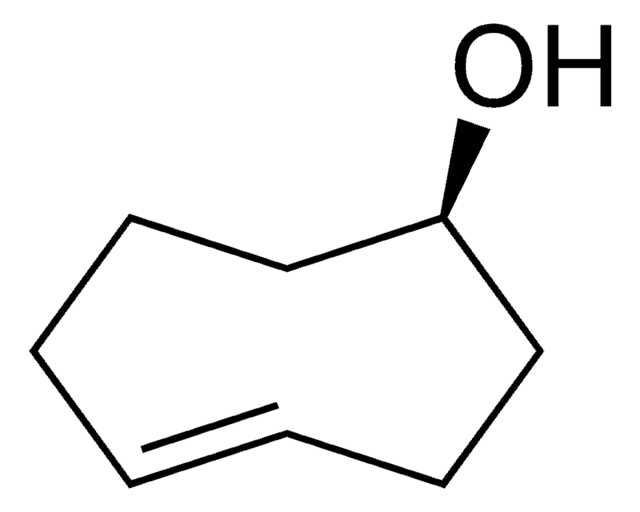
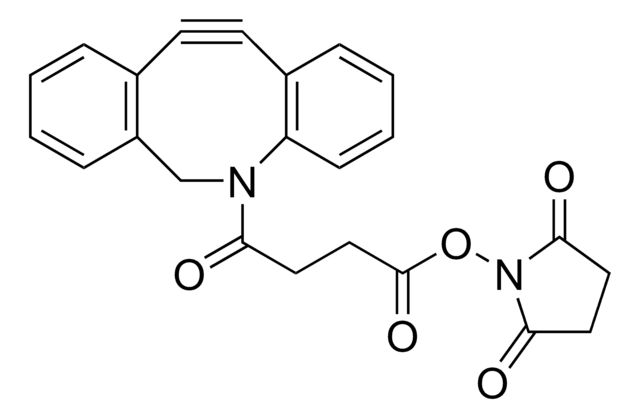
![N-[(1R,8S,9s)-Bicyclo[6.1.0]non-4-yn-9-ylmethyloxycarbonyl]-1,8-diamino-3,6-dioxaoctane for Copper-free Click Chemistry](/deepweb/assets/sigmaaldrich/product/structures/294/853/c5e47d84-5aee-4797-aa24-604f291171cc/640/c5e47d84-5aee-4797-aa24-604f291171cc.png)


![(1R,8S,9s)-Bicyclo[6.1.0]non-4-yn-9-ylmethanol for Copper-free Click Chemistry](/deepweb/assets/sigmaaldrich/product/structures/171/632/0556139a-2db5-4678-a6ec-a26a693fd574/640/0556139a-2db5-4678-a6ec-a26a693fd574.png)


